Way back in 2001, a classic Intelligent Systems franchise made its western debut on the Game Boy Advance in the form of Advance Wars. Whilst most known for their Fire Emblem series, the “Wars” games had numerous Japan exclusive releases on the Famicom and Game Boy lines of systems and it was deemed worth releasing in the west. This was clearly successful, as every game afterwards got a western release too, particularly the second Advance title; Black Hole Rising. Both of these GBA offerings have now been remade by WarForward in a dual-package. Will these games lead themselves to victory, or will they fall on their own battlefield?

Advance Wars 1+2: Re-Boot Camp
Nintendo Switch
Developed by WayForward
Published by Nintendo
Released: 21st April 2023
Digital copy provided by Nintendo UK
Advance Wars’ gameplay can be compared to that of Intelligent Systems’ flagship series, Fire Emblem, but with plenty of differences to set it apart. The main comparison is a turn based war simulation on a grid, with units representing each side. They each have specific properties depending on the type of unit and they all have strengths and weaknesses making every different type useful in various situations. However, the similarities end there, as Advance Wars does not focus on individual characters for its units, nor are they permanently removed from play if they fall in battle.
If anything, Advance Wars shares something in common with real time strategy games, unit development and resource management. Troops and vehicles can be manufactured, as well as various ammo or fuel costs that need to be recouped in order to maintain extended use. Special vehicles can distribute these resources, but one main way to top them up is by making use of captured cities. Dotted around each map are empty or enemy occupied cities, and it’s up to you to occupy or recapture them to turn the tide of battle. This also factors into one of the win conditions, as capturing the enemy HQ will automatically win you the battle outright. After battle, you’re ranked for your performance and rewarded coins for your efforts.

As for the units themselves, as touched upon earlier, they all have a variety of different properties ranging from infantry to heavy artillery. Vehicles of various kinds can be used as transport or straight firepower. Certain vehicles, such as helicopters, can bypass various terrain restrictions other units can’t. The terrain itself doesn’t just act as movement restriction either, they hold defensive properties too. Troops within a city are afforded better defence than those outside, same goes for mountains or forests. Monitoring the map and choosing which units you bring with you can sway battles in very dramatic directions.
Throughout your skirmishes you’ll be fighting with, and against, a wide variety of Commanding Officers, or COs. On the surface, they’re the main characters you will be interacting with, but they also come with a slew of special abilities. Once a gauge has been charged, you can let rip a CO Power to alter aspects of battle, ranging from repairing vehicles, increasing ranges, even changing the terrain temporarily. Smart use of these powers can not only lead to victory, but even increase your rank for that map.

As mentioned earlier, coins are a reward for completing maps. Early into the first campaign, you will unlock Hachi’s shop. Here, you can buy pieces for the gallery and even new COs to play with in the War Room mode, extending the replayability of the game beyond its two campaigns.
Absolute front and centre in Re-Boot Camp’s arsenal is the utterly phenomenal animated cinematics. Clearly a lot of effort has been put into bringing character to these animations, giving life to the various COs beyond anything the dialogue can convey alone. WayForward have always been a studio that puts a lot of priority towards evocative animations and Re-Boot Camp is no exception.

Character portraits are subtly animated using WayForward’s tech, making them appear much less static. There isn’t any dramatic animation to them, and the lack of mouth flaps when characters are speaking feels a little off, but it’s still welcome to see effort put into making things less flat.
The same can’t be said for the rest of the visuals, appearing more like a mobile game and less like the board game the developers were actually aiming for. Even with the intent in mind, there is still a disconnect, as the game presents itself with actual wars, yet the visuals still feel like merely a toy. Most aspects of the visuals are straight upscaled remakes of the 2D elements of the original game, having a vector graphic styled cleanness to them opposed to the original games’ pixels. Some additional detail would’ve gone a long way here, but they serve their purpose well, being easily readable.
Voice acting has been added to this version, but is a bit sporadic. Most of the dialogue is filled in with the text “blips” that we’re all accustomed to from the olden days. Even so, it’s nice to hear the characters given a voice, allowing them to come to life a lot more than their GBA counterparts. There is quite a star-studded selection of voice actors here, with the likes of Cristina Valenzuela, Kaiji Tang and SungWon Cho, even Arin Hanson makes a surprise appearance.

The plot to the Advance Wars games isn’t particularly much to write about, at least with the first title. It’s largely presented as a simple good nation vs bad nation affair, with you taking the side of the Orange Star nation, fending themselves off from the invading Blue Moon nation. As the game progresses, more countries get involved and a grander plot opens itself up. Banter between the various COs kept things from being stale, but the first game’s focus was clearly with the gameplay, as the plot merely serves its purpose to justify the means.
With the sequel, Black Hole Rising, the story gets more involved, tying in various aspects of the first game and expanding on them, though explaining things in too much detail will spoil the late-game reveals of the first title. Together, these games form a nice duology and definitely make the most sense packaged together for this remake. Hopefully we’ll see the DS’ Dual Strike get a remake, perhaps even the grittier Days of Ruin too.
Usually, my forwards typically consist of a brief overview on the background behind the game, which would’ve been fairly straightforward to bring people up to speed on the history of the two Game Boy Advance originals and it’s greater, Japanese exclusive history as the Wars series on Famicom and original Game Boy, but bizarre real-world situations put the game in awkward territory. It was initially penned for a December 2021 release, but had a delay into 2022. However, in February 2022, the political climate between Russia and Ukraine had evolved into an invasion of the latter by the former, making Nintendo uncomfortable with releasing a war themed game around this time. So here we are, nearly a year and half removed from the original planned release.

All in all, any qualms I had with the visuals haven’t had any impact on my enjoyment of the two games. They are both great fun with simplistic, yet engaging gameplay that can surprise you with its depth at times. There’s a lot of fun to be had here, with plenty of replayability dished out amongst the differing COs, leading to alternate strategic approaches. Advance Wars serves well as an introduction on strategy games, as well as a fun and light hearted romp for even more seasoned veterans looking for something as a palette cleanser.
Final rating – 4 out of 5
Advance Wars 1+2: Re-Boot Camp is available now for Nintendo Switch.
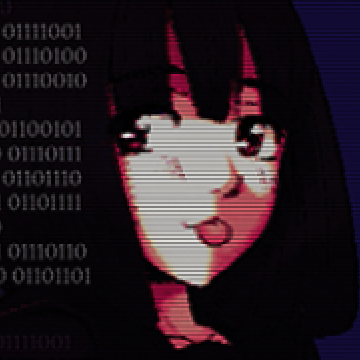
Long time fan of Nintendo and games in general, I always lean on the quirkier and unique sides of things in particular. It all started when I was lucky enough to get a Gameboy Color and Pokemon Yellow for my tenth birthday and it’s been going strong ever since. I’ve always had a need to get my voice heard and share anything I find interesting with the world.


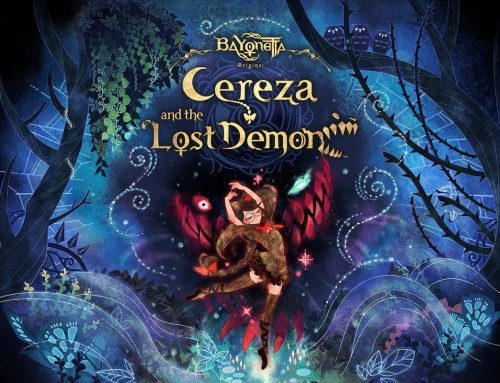
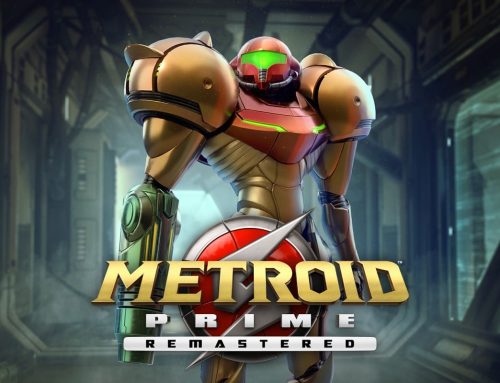
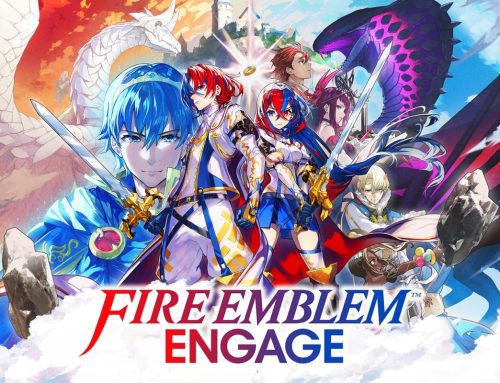
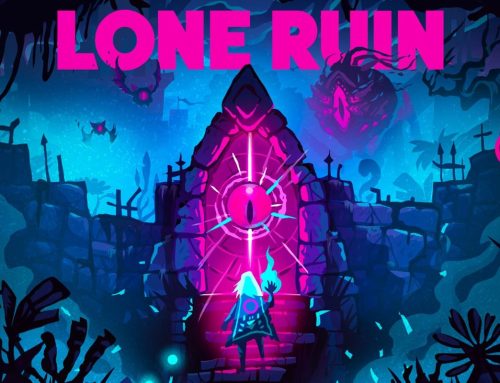

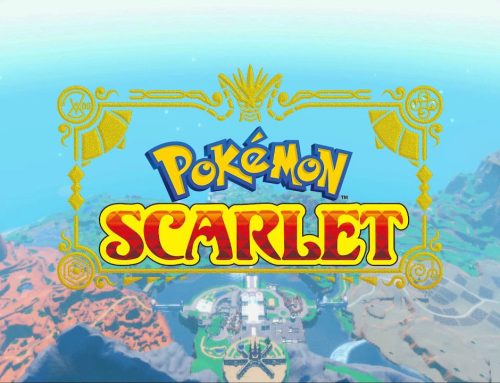
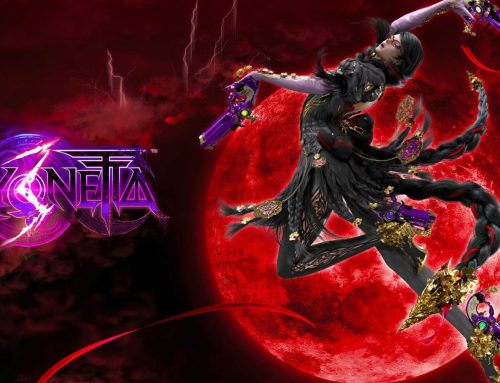
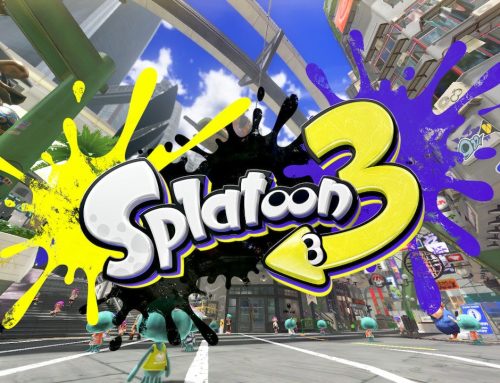
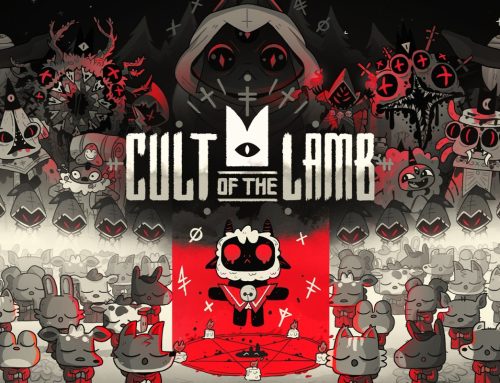

Leave A Comment
You must be logged in to post a comment.